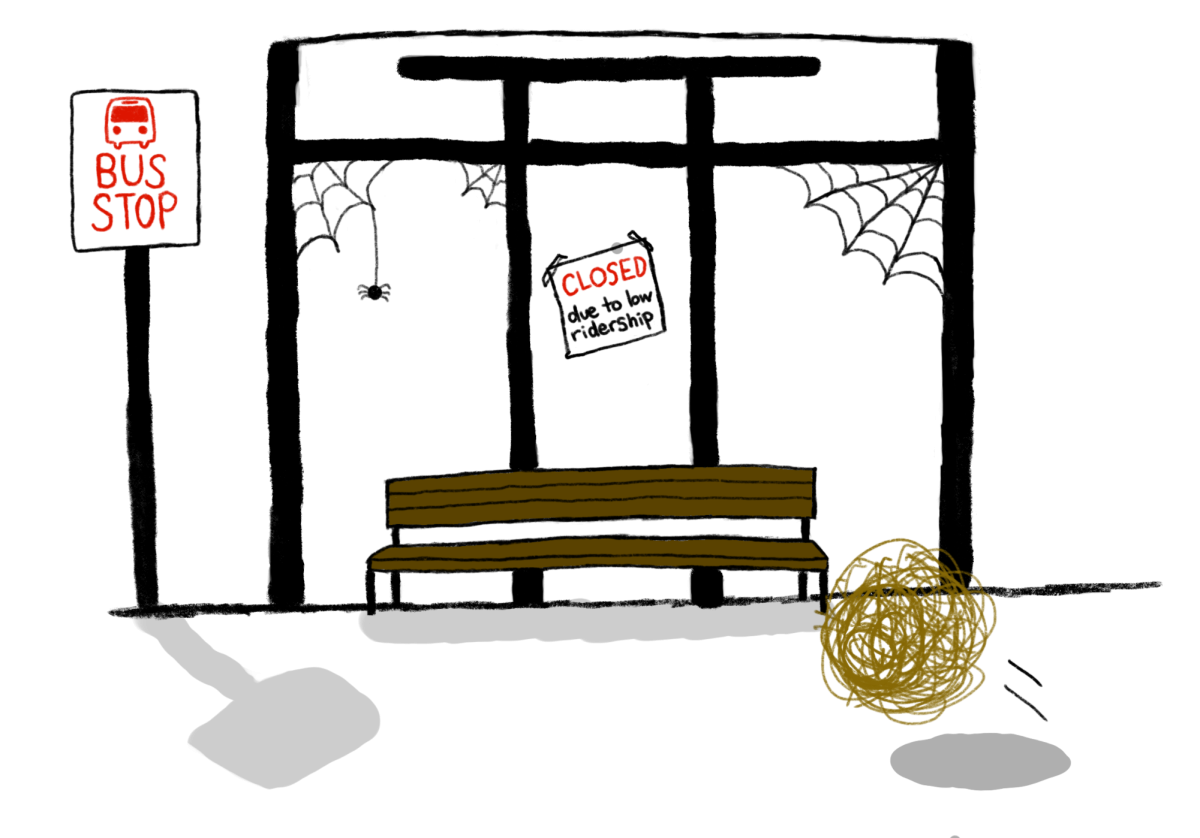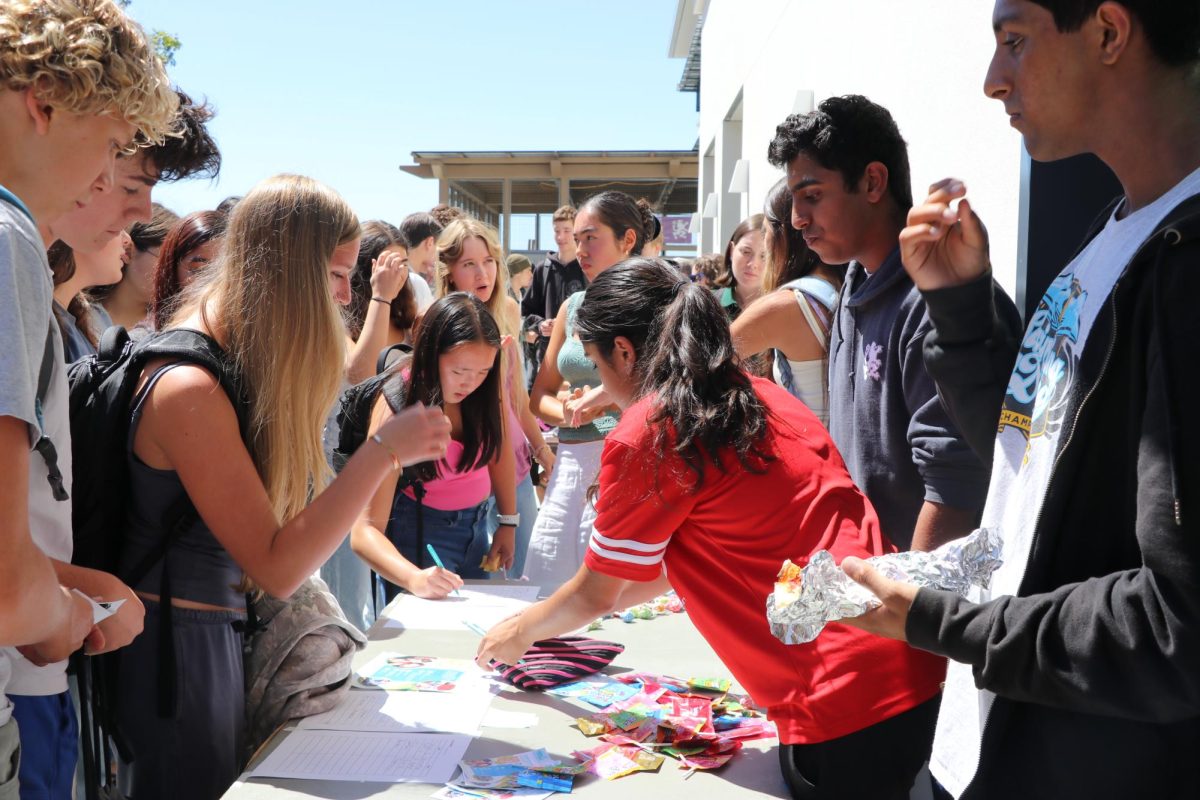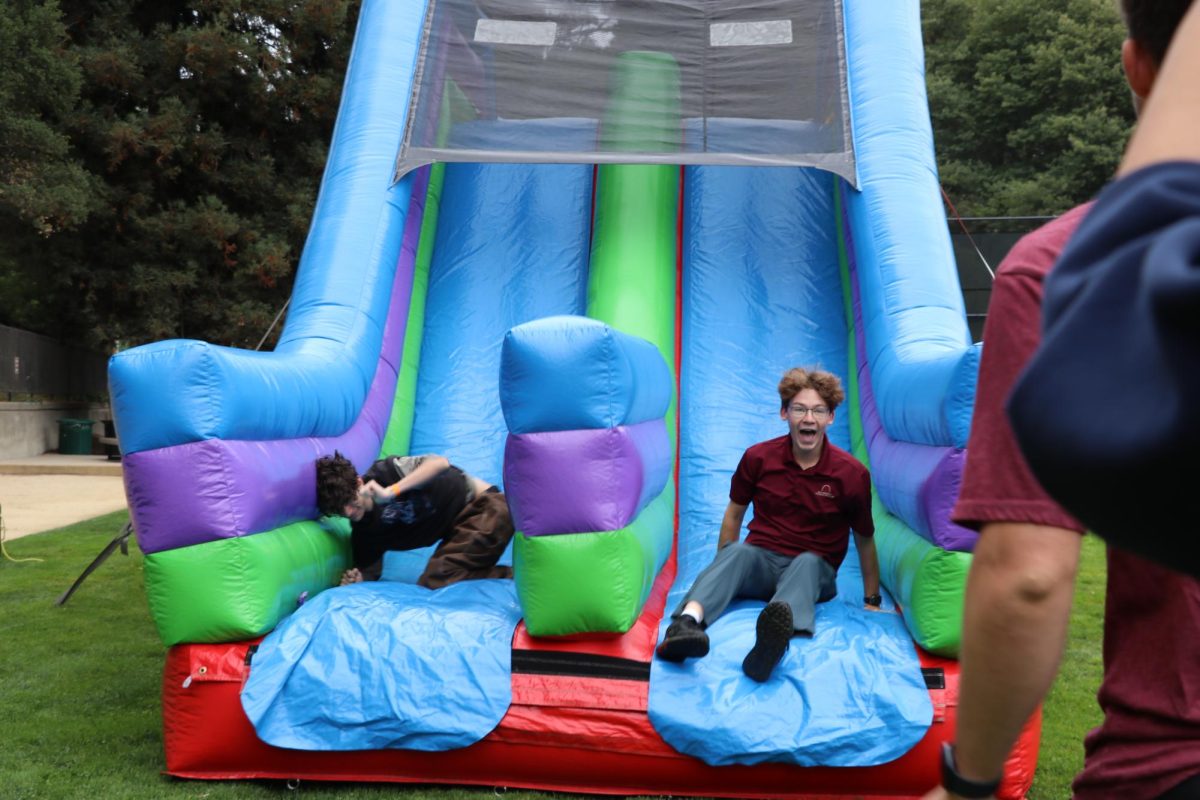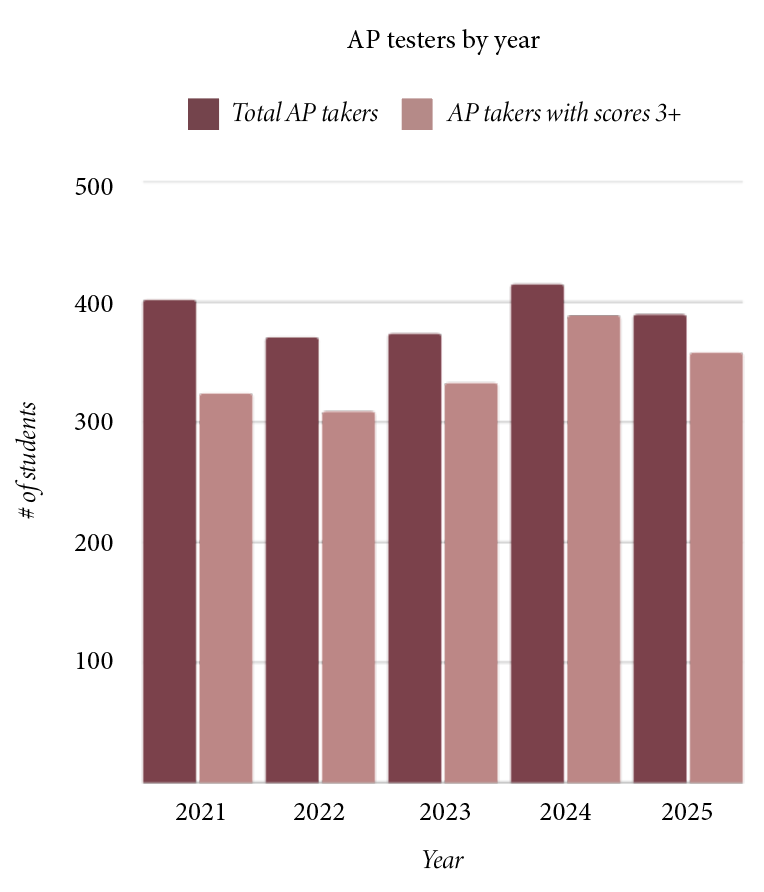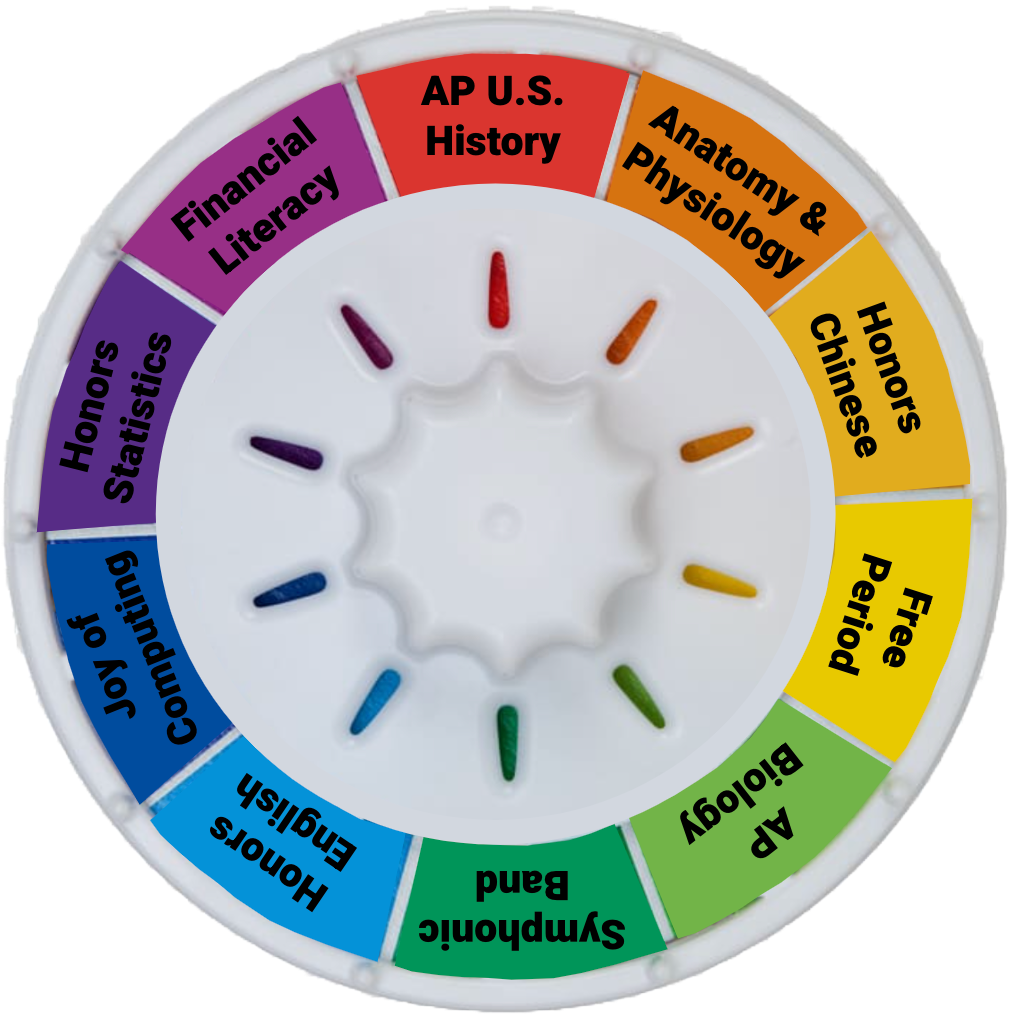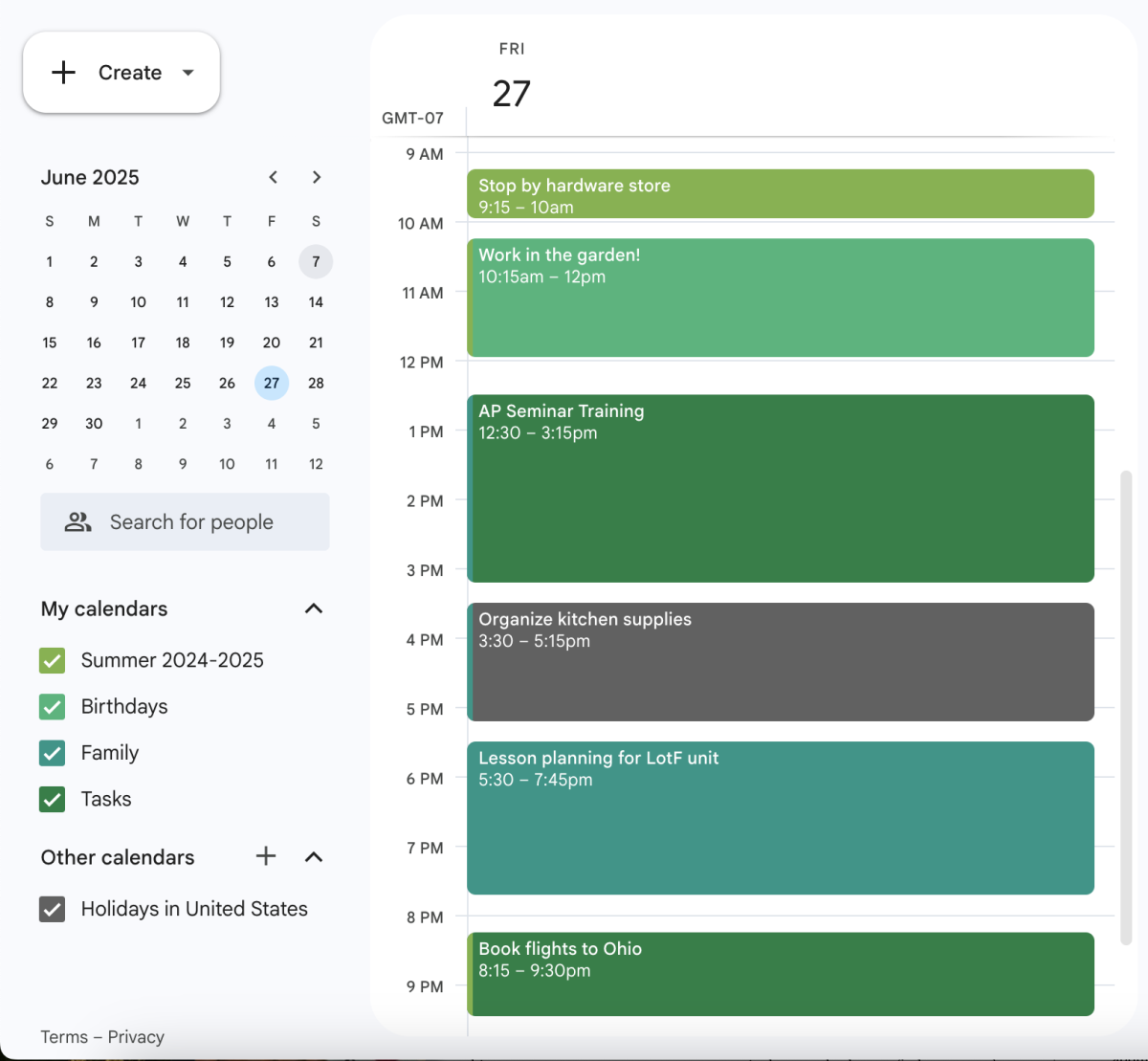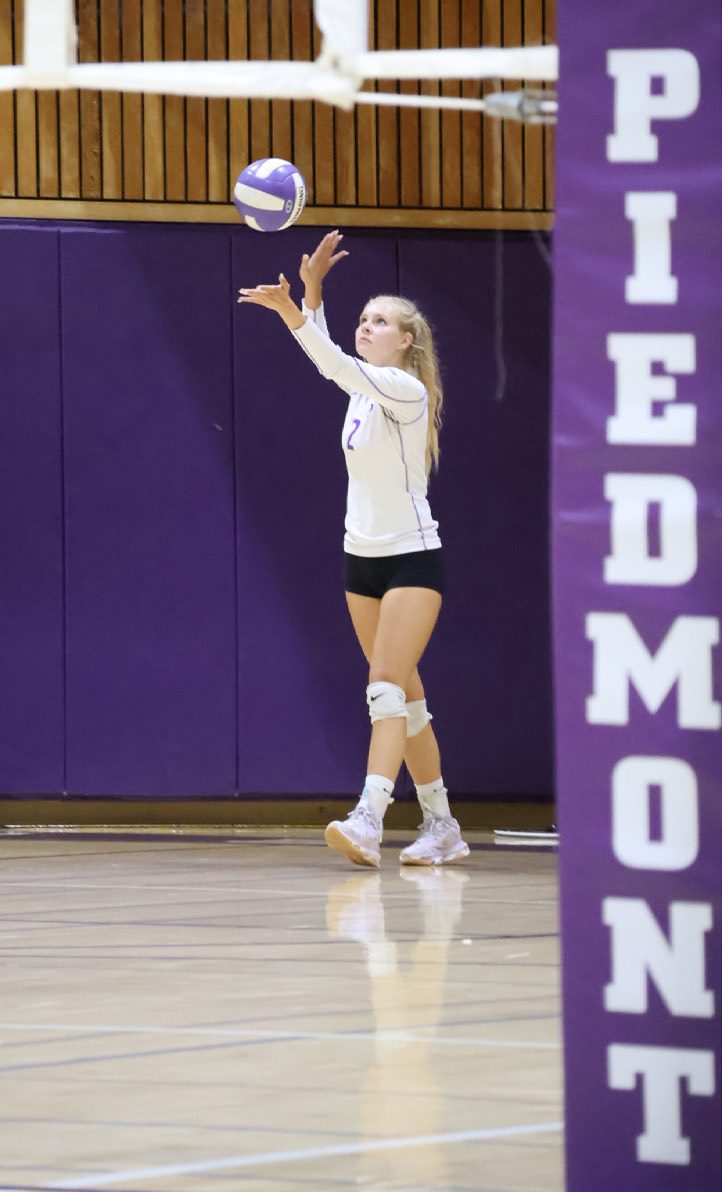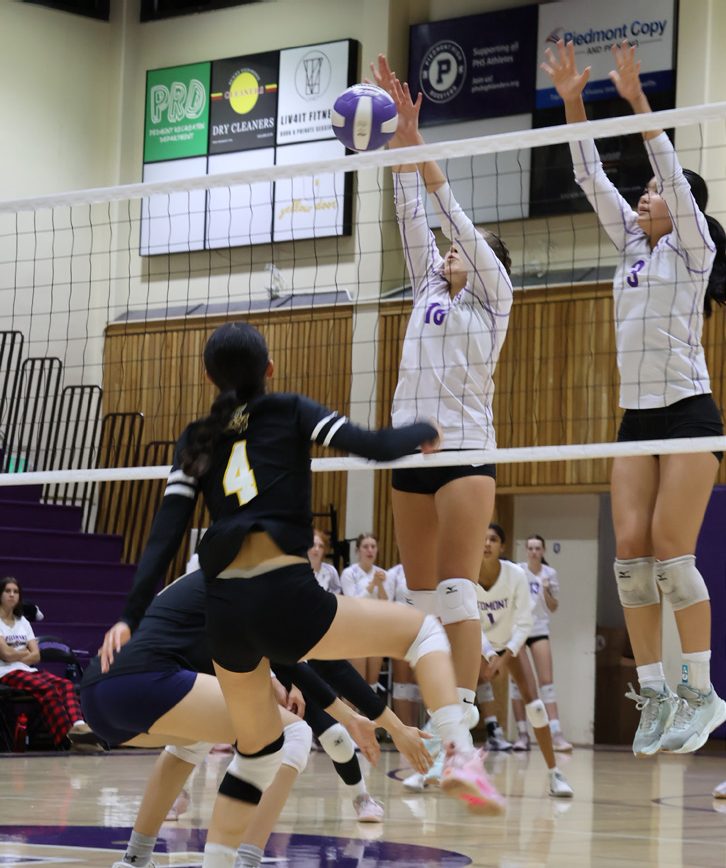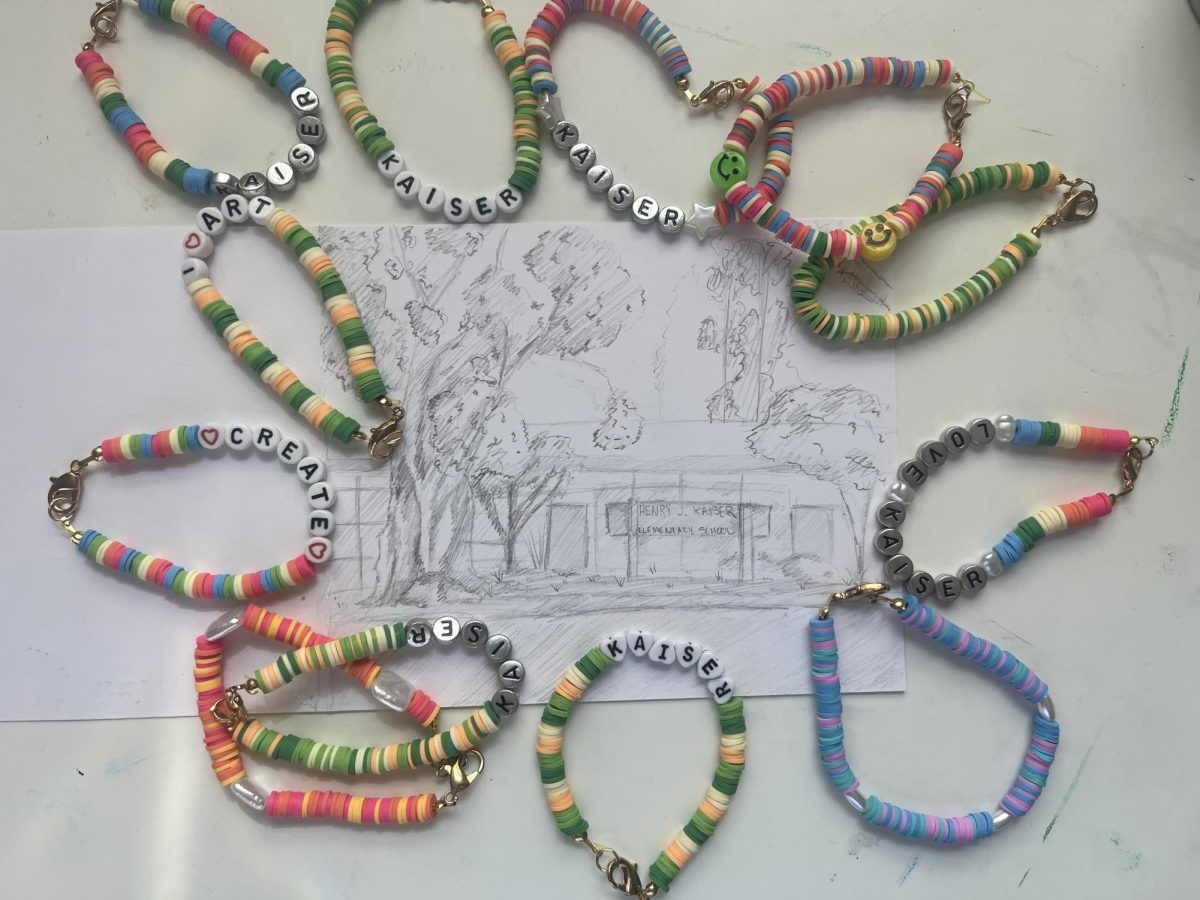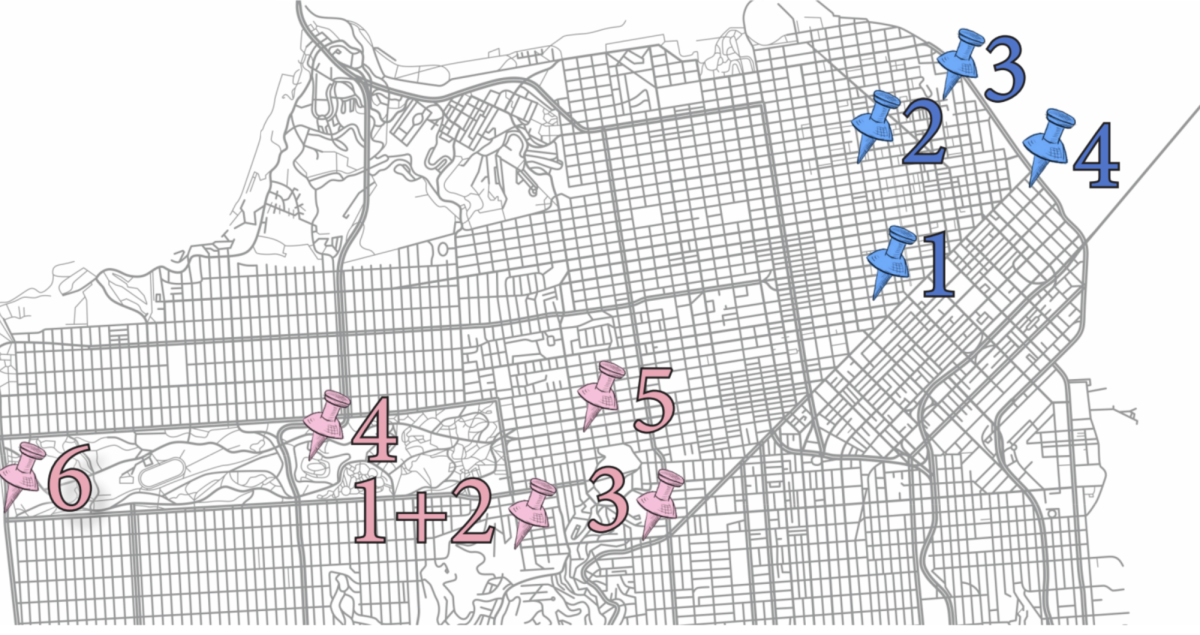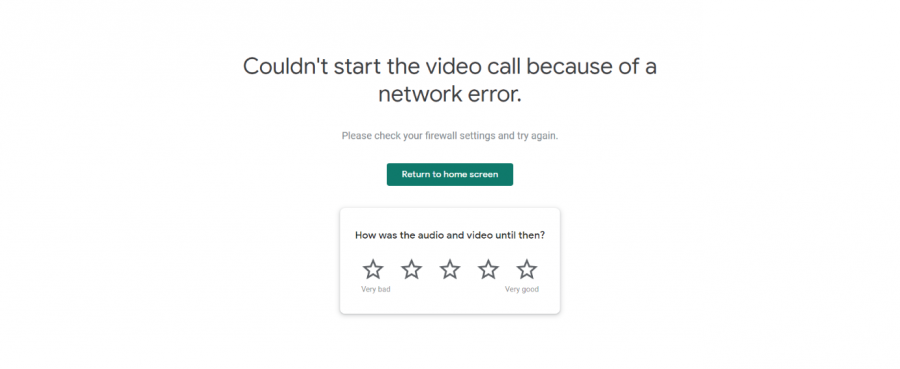For this test you will need:
Your Chromebook (preferably intact and functional)
An iPhone 7 or later with Google Meet and Schoology apps installed
An elaborate device to prop your phone up at 135 degrees so the teacher can see your hands/desk/paper/computer but not your sad, crying face (this device does not exist and is not for sale, DIY please)
A few pieces of 1 cm graph paper
Your 5×7 index card with necessary equations (test is NOT open-note, even though your notebook with all the answers is right next to you)
A pencil
A scanner providing a high-quality PDF (or your phone, if it’s good enough)
A quiet working environment
Your sanity
Question 1. Select the best response: Define “countenance”.
- F̶̧͚̫́̋͗̎̀͛̾͌̌̚ă̵͉̟̩̈́̍̃͗ͅc̸̡̠͕͖͉̝̩̟͖̃̓̅͑̈͒̀̉ę̸̡̢̻̗͎̤̒́
- A̶̲͌͝9̶̮́̈͘5̶̺̘͖͑̀8̴̧̼̋́̑͜f̵̱̋ͅ
- B0th a & b
Question 2. Fill ȉ̷̛̫̓n̷̡̬̣̎̌ the blanks: In J̵̖̭̘̅̄k̸̇͜y̸̼͒̿ ̸̞͐̉̕l̴̢̥̋̌̋t̴̰̗͎͗̇c̴̳̠̾͐͝h̸̙̉ḵ̷̨͖͛ ̶̰͇͋̌͜c̷̦͓̽͠l̵͚̩͖̎̈́u̶͈͙̓b̴̹̟̿ uSes ____ mǫ̴̬͙͋̋͘r̴̘̅̃i̶͈͌̏ͅf to d̸͖͈̾̑̚e̵̛̠͎̿͑ͅmonsrtE ____.
Question 3. YOUR CONNECTION IS UNSTABLE. PLEASE RELOAD. YOUR PREVIOUS ANSWERS MAY NOT BE SAVED.
Oh no. You wrestle with Lockdown Browser for what seems like hours, finally loading the right questions, and push away the impeding thoughts that everyone else in your class is cheating. Your little brother is having a temper tantrum downstairs and you’re trying to keep your cat from playing with your computer charger and potentially sending the laptop flying across the room. Besides this… the test is going great!
Your teachers are understanding, of course. The teacher asks to point the camera towards your hands and you use some duct tape and rubber bands to get that perfect 135-degree angle—you’re ready. But the other students in the class don’t have the duct tape skills you do, causing the teacher to continuously call them out one by one, trying to ensure they’re not cheating. As you hear, “tilt your camera down”, for the millionth time you get kicked out of the meet and have a miniature (or maybe not miniature) meltdown. Thankfully, when you return the teacher lets continue with the test, assuming the best of you.
Teachers have been making drastic efforts to ensure tests are manageable, yet still taken with academic integrity. Though because there are no standard guidelines from the administration this is a difficult task.
Without a testing plan across the school district, we’re left with conflicting messages and technology going through their terrible… twenties phase. Google Meets are chaotic, some students can’t use Lockdown Browser, and websites like Schoology now seem unreliable due to their previous overloaded shutdowns.
Google Meet was never made for testing. When students ask a question, they either have to inquire about it out loud for everyone on the meet, which is both terrifying for them and distracting for others, or they have to put it in the chat, which makes the obnoxious ping sound.
Furthermore, there have always been ways of measuring students’ knowledge without using traditional assessments. Project-based testing has many bonuses. You still have to collect all your knowledge, yet you can work asynchronously, sans duct tape, can go in-depth into a topic you enjoy, and you can spice things up with pretty pictures!
Even though efforts have been made to keep testing fair, it’s extremely difficult. Some kid is always gonna have another device to use, or a family member just sitting next to them, or have notes taped up behind their computer.
Power outages, distracting environments, and WiFi issues can ruin one student’s testing experience. The “my dog ate my homework” may be an old con, but honestly, some neighbors have very obnoxious pets. You thought the construction was bad from last year—just wait until the chihuahua down the street starts yapping. And the leaf blower starts blowing. And the fire truck blares by. And the plane flies overhead.
Testing is always stressful, but the added environmental and technological stresses amp it up to the point where it’s clear this is not the best way to calibrate students’ understanding.
We’re still figuring things out, and that’s okay. Experimenting is good, especially since we cannot experiment in our fancy STEAM building labs. But come finals, the whole school needs a concrete plan.
Every day that unlucky Friday the 13 of March seems to stretch further and further into 2020. Having a consistent testing policy from the administration would be extremely beneficial to not only students, to manage their stress, but teachers as well, as they could spend less time trying to perfect an eternally imperfect system. Plus, it alleviates worries of cheating.
There are many ways students could be tested come January, but project-based testing shows a lot of promise.
One way teachers could use project-based testing is to bring in current events, which is a great way to keep students engaged and connect school to “the real world”. Civics and economics classes for seniors have been doing current events projects for years. Every week they are fun, fresh, and often full of semi-terrifying global developments. For classes like math or foreign language, each student could make a sort of handbook with key concepts needed the following year. Our integrated math curriculum is especially susceptible to such a project. Isn’t the idea that it all weaves together, anyway?
Whatever the plan ends up being, (project-based testing, project-based testing, project-based testing), there need to be clear direction.Nothing is going to be perfect. In-person school has never been perfect, we can’t expect distanced learning to be either. Still, we can do better than what we have now (by, perhaps, instituting project-based testing). The school district.
With all that being said, you still have one more question to answer…
3. Is our current system of testing working?
- Yes
- No


